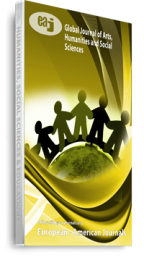This paper is devoted to understanding the question of public spaces in the city of Alexandria as an embodiment of our social environment – as Alexandrians – by doing a historical survey through the last 200 years, as the year 1805 represents the actual beginning of the modern history of urbanism in Egypt by the time Mohamed Ali pasha (the viceroy) was in power ruling Egypt.By tracking the morphology of modern Alexandria through this historical survey of socio-political, economic and cultural aspects that took the major part in shaping the built environment, also exploring textual and visual materials as expressions reflecting the very sentimental representations of the city in minds and souls of its inhabitants, all this shall lead to a better understanding for the causes and results to what we see in Alexandria on daily basis which, in turn, increases the ability to develop a vision for the future based on the reality of our city. It is determined to divide the 200 year period into five main sectors in scope of study according to political/economical pivotal events that took place which had a very significant impact on the Egyptian lands and peoples, as these issues – politics and economy – always result in direct social changes whether positively or negatively
Keywords: Mohamed Ali, Napoleon in Egypt, Nasser, Nationalism, modern Alexandria, post-colonial/cosmopolitan cities, public spaces and protest in Egypt.

